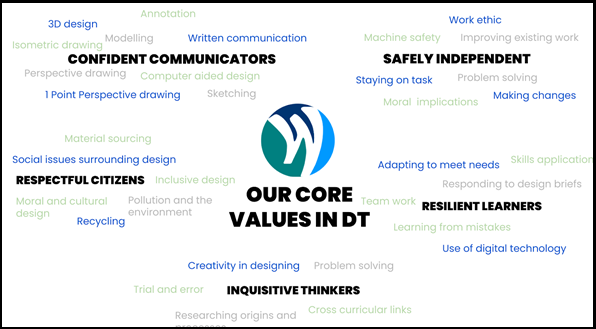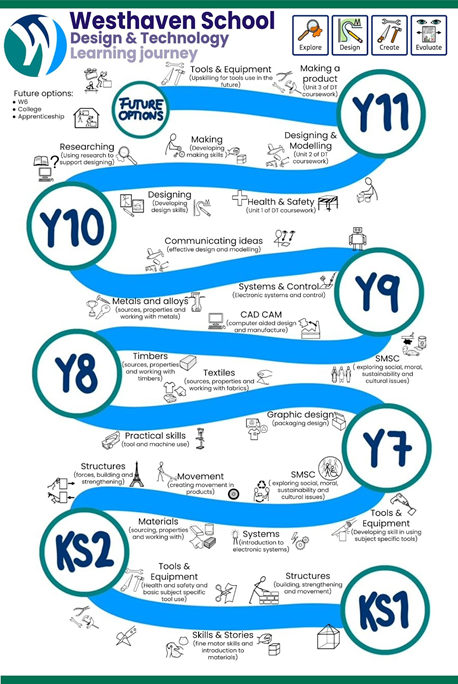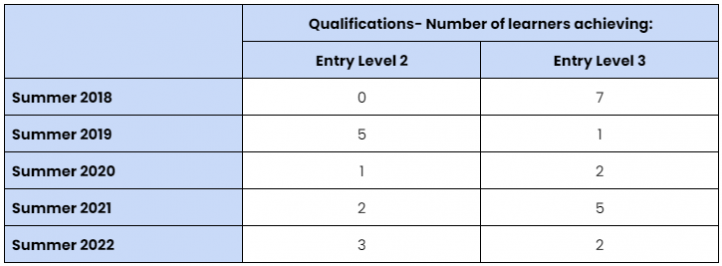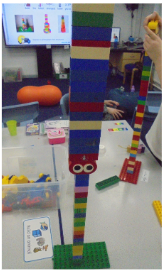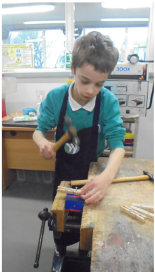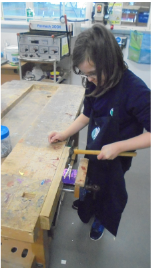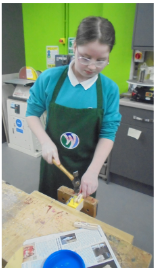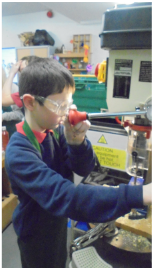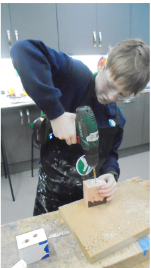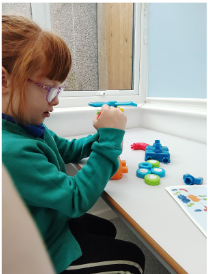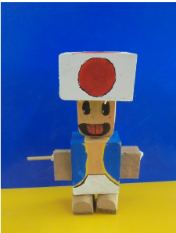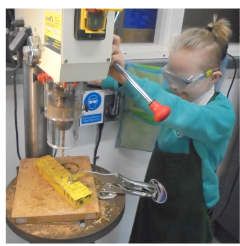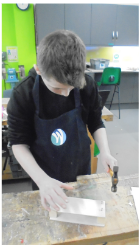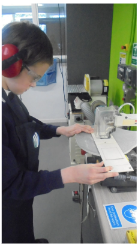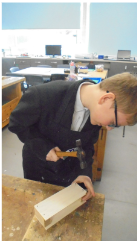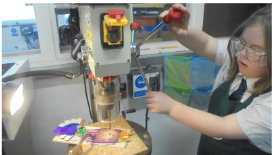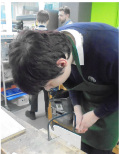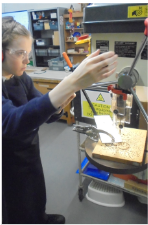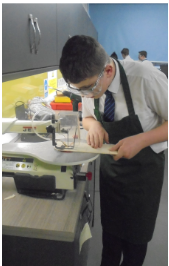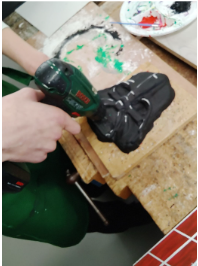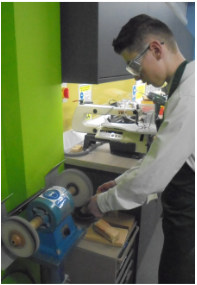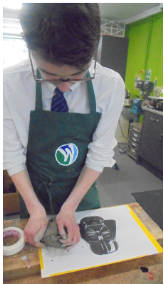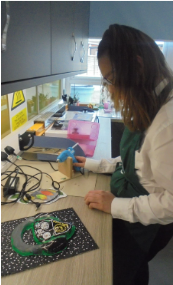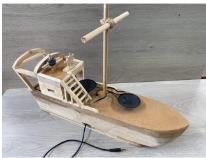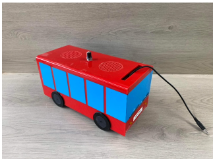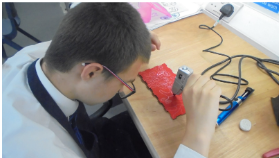Design Technology
Valued – Inspired – Prepared
Westhaven School is a unique learning environment with high expectations for learners who experience barriers to learning for a range of reasons. We promote a calm environment that enables everyone to learn. The golden thread that permeates our curriculum and our conduct through every school day are the core values that shape our learners to be:
- safely independent
- confident communicators
- respectful citizens
- resilient learners
- inquisitive thinkers
The Westhaven Way is our ethos and it underpins our daily approach to behaviour and learning.
Intent
Explore: To provide opportunities to explore past and current influential designers and products alongside the origins, uses, and applications of a variety of different materials.
Design: To establish a safe environment to explore ideas, make mistakes, express themselves, and document their thought process.
Create: To supply our learners with a bank of skills that can be applied throughout projects, in their daily lives, and be transferred to future careers.
Evaluate: To provide occasions where examples of existing design, their design ideas, and their making can be evaluated to highlight strengths, weaknesses, and opportunities for further development.
The Design & Technology Curriculum and Intent
Here at Westhaven we value the importance of creating a safe environment that nurtures creativity and independence.
The aim of our Design and Technology curriculum is to allow for the development of a variety of transferable academic and practical skills.
Whether this knowledge and skill leads to a future in construction-based employment or are applied throughout their daily lives. Our curriculum provides opportunities for all to gain valuable experience designing and creating a wide range of materials using a varied selection of tools and processes.
The Design and Technology curriculum is based on the National Curriculum framework. Our schemes of work are developed to ensure that the curriculum is broad and differentiated to suit all learners. We nurture the opportunity to make mistakes and learn from them.
Design Technology and Our 5 Westhaven Values
Curriculum Implementation
All learners at Westhaven study Design & Technology throughout KS1, KS2, and KS3. We currently work on rotation with Food Technology during these periods which means learners are taught DT for 3 out of the 6 terms. Lessons are 1 hour- 1.5 hours for KS1, KS2, and KS3 and 2 hours for KS4 to allow learners the time to create.
All learners have textbooks that are used to evidence their work, these contain both theory-based tasks and photographic evidence of their skill practicing and making tasks. Learners have access to word mats throughout the lessons to support the expansion of their vocabulary and subject-specific keywords.
Learners have the opportunity to opt for the Design & Technology WJEC Entry Level 2/3 qualification for KS4. The qualification consists of 3 units 1. Health & Safety, 2. Designing a product and 3. Making a product. Typically we are over-subscribed in Design & Technology. We have a range of learners who choose to opt, learners who are pursuing a future career within construction, design, or manufacturing, learners who are passionate about designing and creating, and learners who are keen to learn a variety of skills that they can apply to their daily lives.
Below is a visual representation of the learning journey learners take in Design and Technology over their time at Westhaven.
Due to the practical nature of the subject we’ve found it lends itself well to Bruners 3 stages of learning.
- The first stage, enactive representation is all of the practical skills and learning activities we have developed that allow learners to learn through hands-on experiences.
- The second stage, iconic representation is involved in a lot of our design process and links to our evaluation and recall tasks post-making.
- The third stage, symbolic representation is evident throughout our evaluation and analysis. This is where learners are given the opportunity to reflect on their ideas and outcomes and begin to develop their ability to articulate this both verbally and in writing.
Curriculum Impact
Throughout lessons we provide ‘Live’ marking and feedback, this ensures that learners are provided with high-quality instant feedback and teachers can assess learning continuously and act on common misconceptions early on.
We are extremely proud to say that we have had a 100% success rate with our Entry Level DT groups over the past few years.
We have found feedback from learners extremely positive, with many commenting on their successes. Learners are often keen to share their learning in weekly assemblies and love taking their creations home.
Cross-curricular links
Science: Types of Movement, gears, electronic systems, forces, society and design, recycling and the environment, pollution and energy.
English: Explaining design decisions, evaluating choices and products, the use of descriptive adjectives and properties, subject-specific vocabulary, and phonics.
Mathematics: Time, measurements, accuracy, and tolerance, measuring out.
Art: World-renowned artists and designers, existing products and art, printing, applying finishes, pattern making, presenting ideas, shading, and rendering.
Life Skills, Careers, and Future Learning Links
Life skills
Throughout their time in Design & Technology at Westhaven learners develop a range of tools and skills that they can take with them out into the wider world. As well as being able to build dexterity in using a variety of tools and equipment that they will come into contact with in the home they develop their understanding of how things work.
Understanding electronic systems and circuitry will support them in their understanding of all the electronic devices they use outside of school, and all of the household electrical appliances they will use to support themselves and will increase their understanding of the dangers surrounding electricity.
Understanding the properties and how to work with a range of materials will support them when purchasing items, completing DIY, and making adaptations to their surroundings.
Power tools and machine use also provide learners with the ability to confidently complete some basic DIY activities at home if and when needed. We aim to provide learners with a variety of skills to support them with making do and mending, everything from basic hand stitching to fixing joinery.
Careers and future learning links
- Carpentry and timberworks: Learners develop their understanding and skills in a variety of different timbers. They will have a selection of opportunities to design and build in timber and this could be continued into future courses and support those looking for apprenticeship-type works in Carpentry.
- Electronics: We aim to provide learners with the basic knowledge and understanding of electronics and electrical systems. This insight lends itself to a future career or future learning in electronics.
- Groundworks and trades: A lot of learners really enjoy the practical, hands-on side of Design and Technology and therefore are inspired to continue this in their post-16 options and aim to later find employment in a specialist trade. DT provides a variety of opportunities for learners to explore these options and supplies them with useful experiences that they can apply in their new setting.
Learner Feedback
Qualification Results
Due to the hands-on practical approach to DT lessons classes do not exceed 7. This allows us to provide lots of 1-1 support to learners.
Below is a table to show the number of learners achieving either an Entry Level 2 or 3 in the course we currently offer for our subject: ‘Creative media and performing arts’ within this qualification we study 3 units of work:
– Health and Safety
– Designing a product
– Making a product
We are currently introducing AQA unit awards to our learners who we see as high flyers to provide further challenge within the subject.



